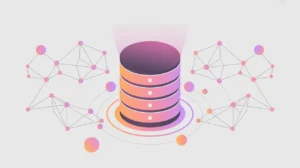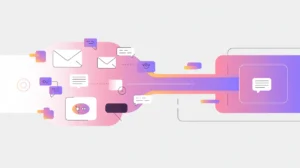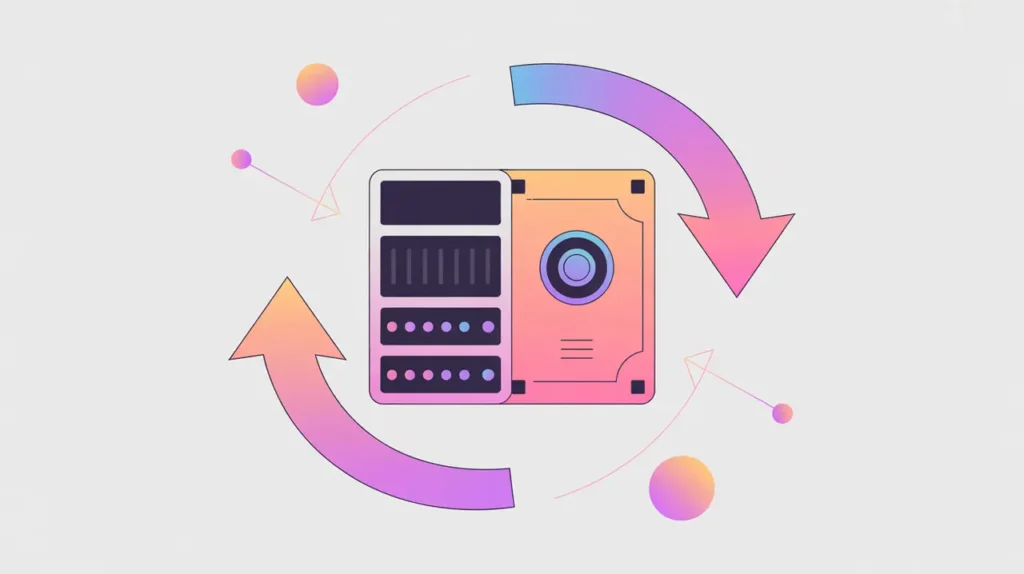Importance of Stream Processing
Stream processing is a method of handling data continuously as it is generated, rather than waiting for it to be collected in batches. Its importance today stems from the growing need for real-time insights in sectors like finance, health, logistics, and communications. With connected devices and sensors producing constant data flows, stream processing allows organizations to respond instantly to changing conditions.
For social innovation and international development, stream processing matters because many challenges require immediate action. Whether monitoring disease outbreaks, tracking disaster response, or providing educational feedback in real time, the ability to process data continuously can mean the difference between timely intervention and missed opportunity.
Definition and Key Features
Stream processing involves capturing, analyzing, and acting on data as it moves through a system. Frameworks such as Apache Kafka, Flink, and Spark Streaming enable high-throughput, low-latency processing by breaking data into small units and processing them on the fly. These systems are designed to scale horizontally, handling millions of events per second in distributed environments.
It is not the same as batch processing, which processes large sets of data at scheduled intervals. Nor is it equivalent to simple event logging, where data is stored for later use. Stream processing is about continuous computation, producing outputs that are immediately available for decision-making or triggering automated actions.
How this Works in Practice
In practice, stream processing pipelines start with data ingestion from sources such as sensors, applications, or social media feeds. The data is then processed in memory, using filters, aggregations, or machine learning models, before being routed to storage or real-time dashboards. These systems can flag anomalies, trigger alerts, or adapt system behavior instantly.
Challenges include maintaining accuracy under high-volume loads, handling incomplete or noisy data, and ensuring reliability in environments with unstable connectivity. Despite these challenges, advances in distributed computing and cloud services have made stream processing more accessible and cost-effective for organizations of all sizes.
Implications for Social Innovators
Stream processing is highly relevant to mission-driven work. Health systems use it to monitor patient vitals in real time, enabling immediate interventions. Humanitarian agencies rely on it to process live crisis data, such as SMS reports from affected communities or satellite feeds of disaster zones. Education platforms apply it to deliver adaptive feedback as students engage with digital learning tools.
Stream processing equips organizations with the ability to act on information as it happens, strengthening their capacity to respond quickly and effectively in dynamic environments.







